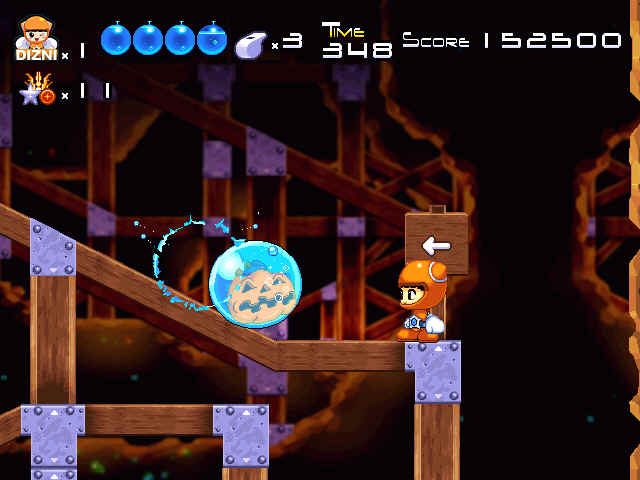


I had reserved a room in the Seminario Menor. After some aimless wandering, I made my way to the albergue. A short bus ride brought me to the center of the city, where I had breakfast with some friends who were also doing the camino (but a different route). It was a wretched day in Galicia, too, and I was happy to be there. Though I had woken up at 4:45 that morning to catch the horridly early (but cheap) flight, I could not sleep a wink on the plane. I thus spent the flight alternating between fear and delirium. Even in the best of times flying makes me nervous but lack of sleep throws my chemical balance off, and I am consequently much more prone to worry. The plane descended through the thick fog until the ground suddenly appeared out the window, moments before landing. My passport in hand, my flight to Santiago booked, I was ready for my walk to the end of the world. The other option is to go to the Association of the Friends of the Camino, but they are only open Tuesday through Thursday. If you go this route, be aware that the hours of availability are a little strange: 10:00 am to 1:00 pm, and then 6:00 pm to 8:00 pm.
#Crazy arcade bnb graveyard for free#
In the Plaza de Santiago in Madrid, at the Parish Church of Santiago and San Juan Bautista, they hand out passports for free (though a donation is recommended). But I did need to obtain a pilgrim’s passport, or I wouldn’t be allowed to use the camino hostels (called “albergues”). I did not need to book accomodations or even to buy gear, since I already had it. The best part of this plan was that almost no preparation was necessary.


I would walk 88 km (or 55 miles) in four days, giving me enough time to be back in Madrid for my birthday. This was my goal, too: to start in Santiago and keep going until the land ran out. This may be why the scallop shell became the symbol of the camino: many people wanted a souvenir from the end of the earth. After pilgrims began to flock to Santiago during the Middle Ages, many of them decided, after reaching their goal, to keep going to the coast. The cape has nevertheless continued to attract travelers. Unfortunately they were wrong in two respects: first, they underestimated the world by several continents and second, Finisterre (as it is now known) is not even the westernmost point of the Iberian peninsula. The Romans may have made this pilgrimage before Christ or Christianity they named the long granite cape that extends into the Atlantic “Finis Terrae,” or the End of the World, because they believed that this was the westernmost extension of the land. This time I wanted to start up where I had left off, in Santiago itself, in order to walk to the coast. Two years had already gone by since my first and last camino, five days from Lugo to Santiago de Compostela. Luckily, Spain has one travel option that requires almost no planning and little expenditure: the Camino de Santiago. Leaving the country during Holy Week is always expensive and, besides, I had already booked two pricey trips-to Prague and to Paris-so I didn’t want to spend more than the bare minimum. It was 2018, and my Easter break was fast approaching. Krakow and the Wieli… on A Visit to Auschwitz Krakow and the Wieli… on The Cathedral of Chartres Krakow and the Wieli… on To Be in Bavaria: Nurembe…


 0 kommentar(er)
0 kommentar(er)
